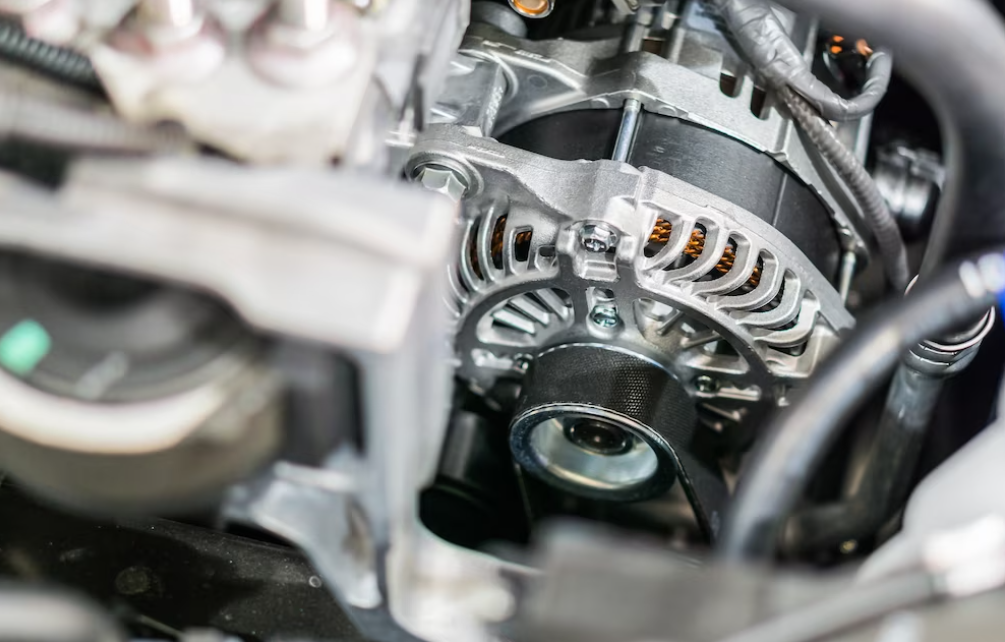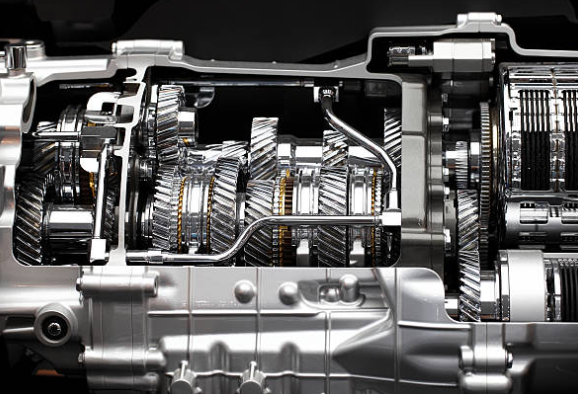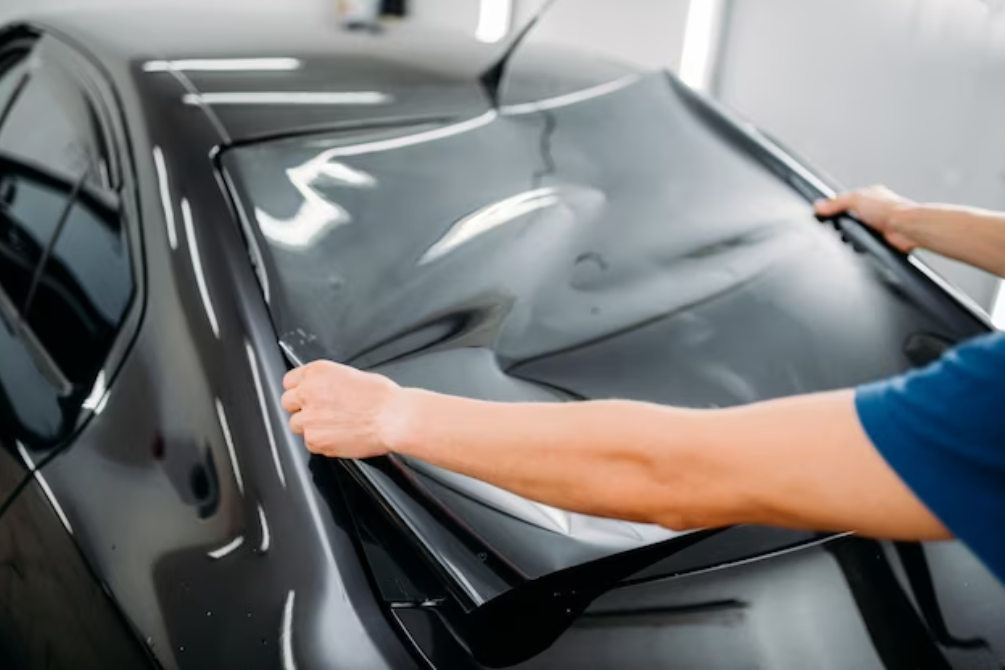What Is Ceramic Coating? Unveiling the Power of Automotive Protection
Are you looking for the ultimate solution to protecting your car’s exterior? Ceramic coating may be the answer. While paint protection films and waxing are great options, ceramic coating goes beyond these traditional solutions to give you a superior level of protection for years to come. In this blog post, we will discuss why ceramic coating is an excellent choice for automobile owners who want strong protection that won't break down after just one wash or rainstorm. We'll explore how it works, its benefits, cost considerations, and more - helping you decide if ceramic coating is right for your vehicle needs.
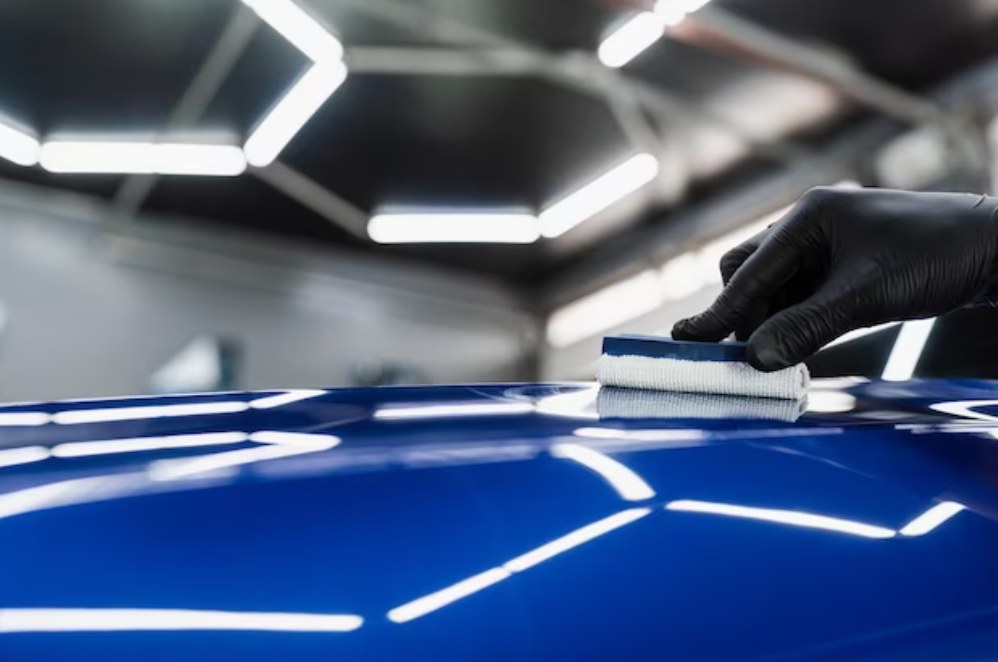
Understanding Ceramic Coating
Ceramic coating is a popular and effective solution for protecting and enhancing the appearance of vehicles. Applied as a liquid polymer, it chemically bonds with the paint surface to create a durable and long-lasting barrier. Professional application and proper maintenance are essential for optimal results and longevity. By choosing a reputable brand and following recommended practices, ceramic coating can provide years of enhanced protection and a stunning finish for vehicles.
Ceramic coating works by chemically bonding with the vehicle's paint surface through a multi-step process. First, the surface is thoroughly cleaned and prepared to ensure optimal adhesion. The ceramic coating is then applied in multiple layers, allowing each layer to cure before applying the next. During the curing process, the coating chemically bonds with the paint, creating a strong and durable protective layer. Once cured, the ceramic coating provides resistance against various environmental contaminants, UV rays, and chemical stains. Its hydrophobic properties enable water and dirt to bead up and roll off easily. However, it's important to maintain the coating through regular care and gentle washing techniques to maximize its longevity and effectiveness.
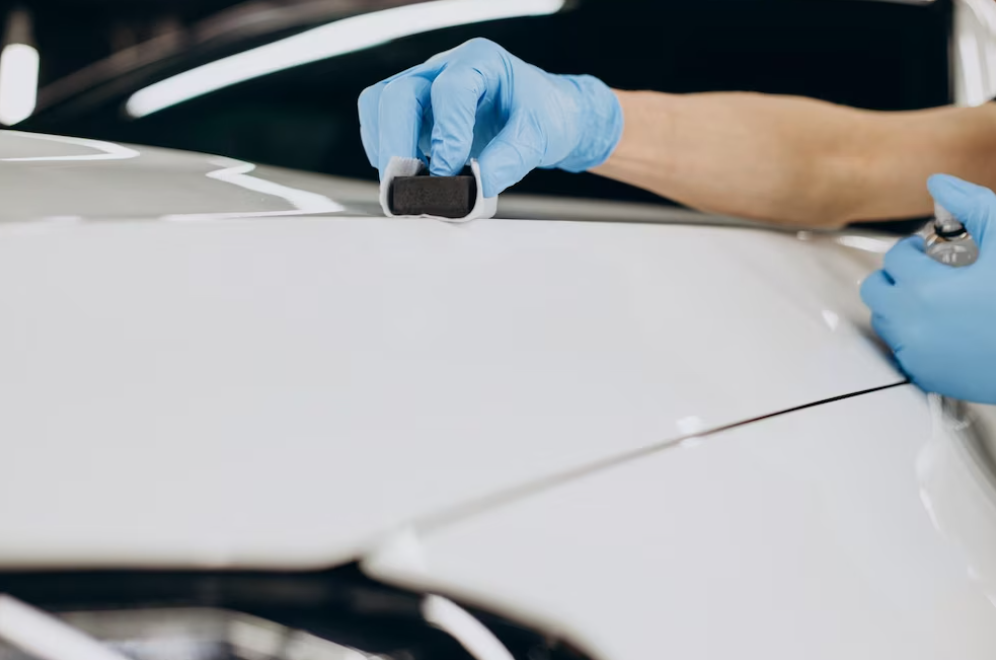
Protection against environmental hazards: Ceramic coating forms a protective barrier that shields the vehicle's paint from various environmental contaminants such as UV rays, oxidation, bird droppings, insect residue, acid rain, and chemical stains. This protection helps prevent damage and maintain the paint's quality.
Enhanced durability: Ceramic finishes are renowned for their robustness. They provide enduring protection for the outside of the car and, if applied and properly cured, can endure for several years. The requirement for regular reapplication or waxing is decreased by its durability.
Hydrophobic properties: The hydrophobic properties of ceramic coating are one of its key benefits. Water beads up and rolls off the surface because of the coating's water-repellent properties. This makes washing the automobile easier because dirt and grime are less likely to adhere to the surface.
Enhanced gloss and appearance: Ceramic coatings provide the car a high-gloss surface that improves its look. The reflecting qualities of the coating give the paint a rich, bright appearance, making the car appear more well-kept and polished.
Scratch resistance: While ceramic coatings can't totally prevent a car from scratches, they do provide an extra layer of defense against minor dings and swirl marks. The coating keeps the paint looking smoother and more consistent while reducing the visibility of little flaws.
Easy maintenance: Surfaces with ceramic coatings are simpler to keep clean and maintain. Regular cleaning is more effective since dirt and pollutants are less likely to attach to the surface due to their hydrophobic qualities. Additionally, the coating's smooth and slippery surface aids in preventing dirt accumulation, making maintenance simpler.
Long-lasting shine: Ceramic coatings help preserve the paint's shine and color vibrancy over time. The coating's UV resistance prevents the sun's rays from fading the paint, ensuring that the vehicle's exterior maintains its luster for an extended period.
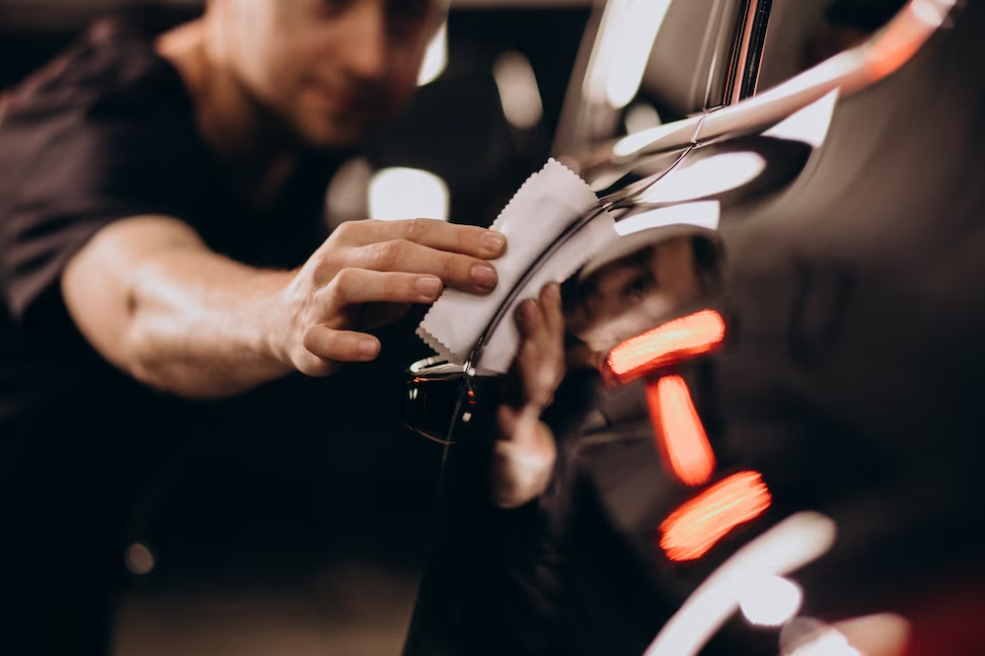
To maintain the performance and durability of a ceramic coating, it's important to follow proper maintenance practices. This includes using gentle washing techniques with pH-neutral car shampoos, soft microfiber wash mitts, and avoiding harsh chemicals or abrasive brushes. Regular maintenance washes help remove dirt and contaminants that can accumulate on the coating. It's advisable to handwash the vehicle or use touchless car washes instead of automatic car washes. Proper drying techniques using clean, soft microfiber towels prevent water spots or mineral deposits. It's crucial to avoid harsh chemicals and substances that can degrade the coating's protective properties. Regular inspections allow for timely detection of any coating damage or wear, which can be addressed promptly. Additional protection, such as using spray sealants or quick-detailing sprays designed for ceramic coatings, can be considered between maintenance washes. By following these maintenance tips, the ceramic coating can maintain its integrity, protection, and aesthetic appeal over an extended period.
-
Can ceramic coating prevent all scratches?
While ceramic coatings provide an additional layer of protection against light scratches and swirl marks, they cannot make a vehicle completely impervious to scratches. The coating can help minimize the appearance of minor imperfections, but it won't prevent deep or severe scratches.
-
Can I apply ceramic coating myself?
While some consumer-grade ceramic coatings are available for DIY application, it is generally recommended to have ceramic coatings applied by trained professionals. Professional application ensures proper surface preparation, even coverage, and optimal bonding for long-lasting results.
See more article here: The 10 Best Car Seat Covers Of 2023



